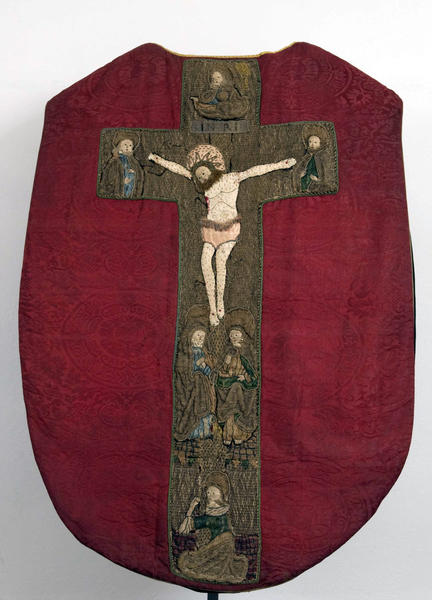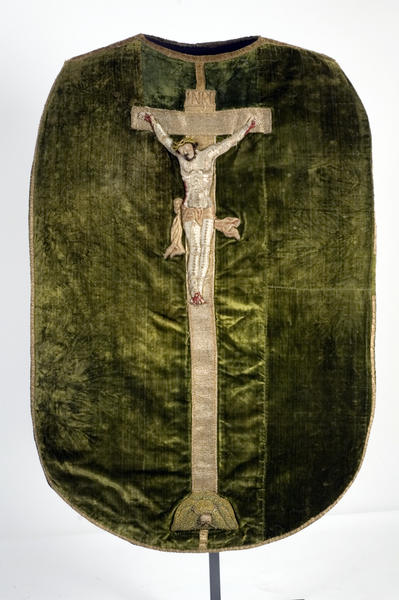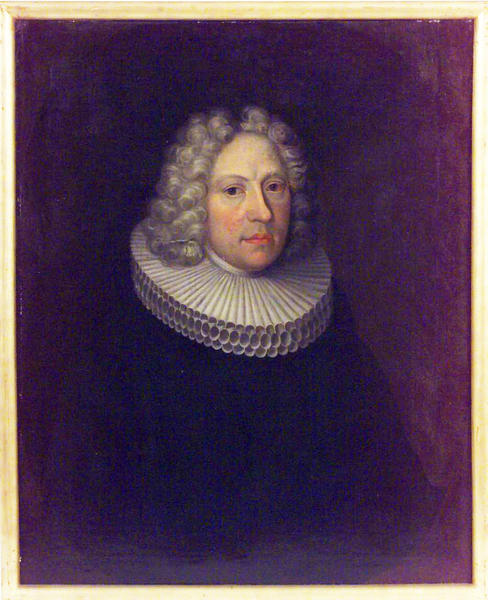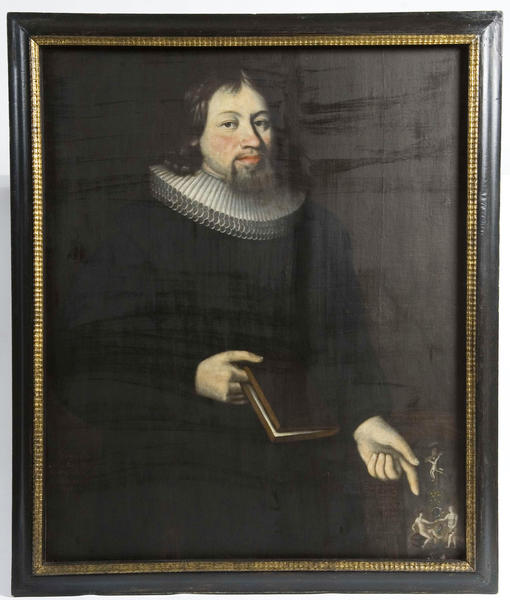- 1/2
chasubles. Probably late 16th century. - 2/2
Chasubles from Tranby Church in Buskerud. Dated 1683
Norwegian clergy played a significant role in Norwegian society far into the 19th century. In addition to their work for the Church, they worked in schools and within the poor relief system. They also visited the sick in their homes and gave information about health and hygiene matters. In most Norwegian rural towns, the priest and the bailiff were the two most important people.
The priest was the King’s representative and quite often, the only one with higher education in his community. He kept the parish registers which among other things formed the basis for the census. He also reported on local conditions to the authorities. The clergy was part of the civil service and as such belonged to the upper social class. They represented a cultural elite that owned books, could speak several languages and communicated new impulses from the cities and from abroad. Today the role of the priest is limited mainly to the religious aspects of life within the parish.
- 1/2
Hans Frisak (1681–1745) was vicar in Lom 1719-45 til sin død. Early 1700s - 2/2
Even Rommedal (1654–1705) was vicar in Trøgstad and Askim. Dated 1693.



